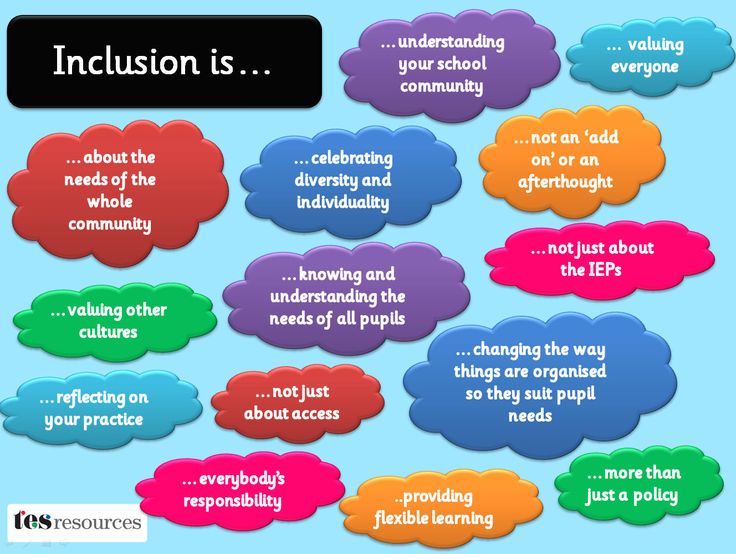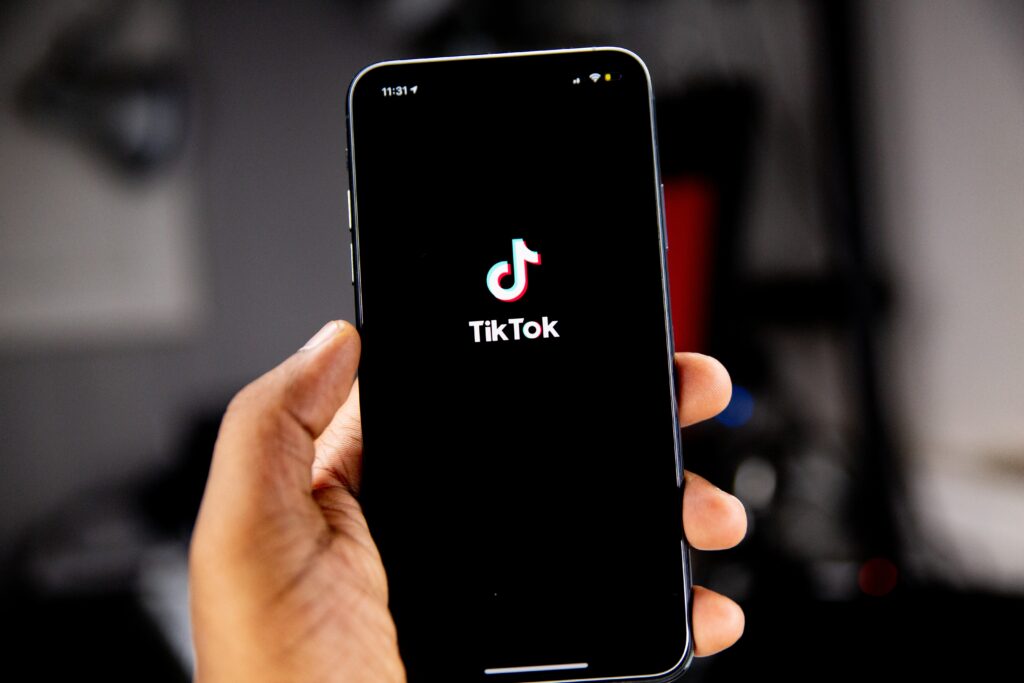Previously, we have been talking about how beneficial a PLN can be and how our digital identity is built; however, we haven’t talked about the importance of the quality of these networks. When thinking about the quality of networks, I think of a network including a variety of points of view, voices, and each member having a different expertise they bring to the group. Having these factors in a network improves inclusion and encourages every user that their say is significant and necessary for a successful network.

Looking at my professional PLN on Facebook that is used for students in my sociology class to talk about course content and questions, I would say it is pretty diverse. My PLN is made up of Uvic students with varied age, majors and professional interests. Though it is a 3rd year sociology class, there are many people not in 3rd year, including myself being in 4th year. This is an advantage to the network because we are able to gain insight from classmates in different points of their school life and life in general. It is also interesting to talk to people who are taking this class as an elective as opposed to sociology students taking it as a required class. Many of the group members are majoring in philosophy, business, computer science, psychology, and more. It is cool having people from different faculties come together in one sociology class. I actually learned that you can go into many business careers with a sociology degree. I wouldn’t have known this outside my PLN.
Since we are in a sociology class group chat, sociology is the main topic being talked about besides career and everyday small talk. However, I have become friends with some of the members and have connected on other social media platforms of which we talk less about our sociology class and more about our personal lives.
I think that it is extremely beneficial to have a network full of diverse thinkers because you can share an endless amount of information you might not have known before. My network embraced inclusion and actively acknowledges everyone in the group. In the reading, One Without the Other: Stories of Unity Through Diversity and Inclusion by Shelley Moore and Leyton Schnellert, the authors explained how we all need to get better at something and with the existence of PLNs, we are able to each bring something different to the table to create an environment full of different perspectives that can help each individual in their own way (p. 9).

Moore and Schnellert (2017) also pointed out that “teaching to diversity and inclusion is where we value the characteristics that are diverse, and not try and homogenize them” (p. 9). We can value these diverse thinkers by being polite and acknowledging the contributions of each group member. It is key to show common respect for the people in your network. This may seem like common sense, but it can be a pitfall. It took me some time to learn “web etiquette” over the years, but it has helped me tremendously. Send thank you notes, acknowledgements, and use your true voice. Not only does it make the other person’s day, but it will help you gain more meaningful connections. Additionally, people are more content on participating and sharing their thoughts when the environment is welcoming, kind and inclusive.
Individuals in a PLN should also keep the spirit of collaboration as your driving force. PLNs aren’t a 1 person show and are all about working together. Be reciprocal and resourceful. Don’t think about what you have to gain, first think about what you have to give. Why? Because it’s the right thing to do. By buying into the process and sharing useful information, your PLN grows naturally. Collaboration creates a common ground and allows others to see your interests. Genuine interest builds a solid, authentic and inclusive network.
“Diversity is having a seat at the table. Inclusion is having a voice. And belonging is having that voice be heard”
Liz Fosslien
To learn more about inclusion and diversity in PLNs, please visit these links:
- Inclusive Teaching and Learning Online
- How to build an inclusive online learning environment
- Personal Learning Networks: A Hack to Maintain Competence
- YouTube: What Diversity & Inclusion is REALLY About
References
Moore, S., & Schnellert, L. (2017). Introduction. In One without the other: Stories of unity through diversity and inclusion (Vol. 1, Ser. Reimagining Inclusion: The ONE Series, pp. 6–10). essay, Portage & Main Press.


Recent Comments